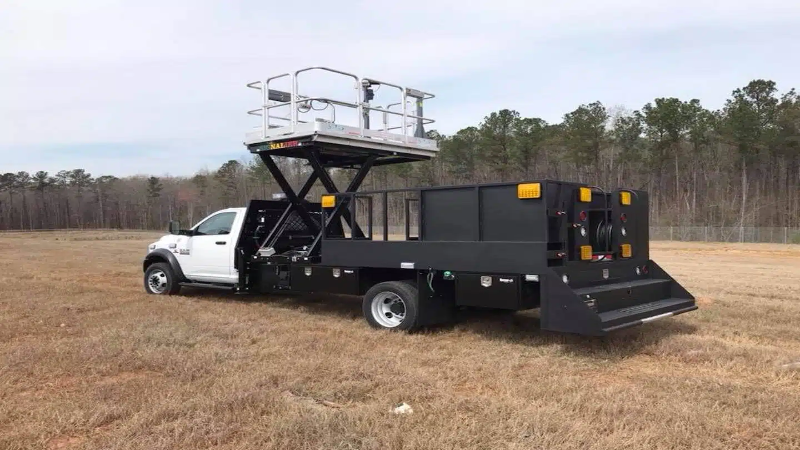Road construction and maintenance projects are a common sight across the United States, often leading to traffic delays and increased safety risks for both drivers and workers. Ensuring these work zones remain safe and efficient is a top priority, especially as infrastructure projects expand to meet growing transportation needs. For those searching for ways to boost safety and streamline operations in these environments, the use of a Traffic Control Truck has become an essential solution.
Enhancing Safety for Workers and Drivers
Work zones can be hazardous, with moving vehicles, heavy machinery, and changing traffic patterns creating a challenging environment. The introduction of a Traffic Control Truck into these settings significantly enhances safety in several ways:
• Physical Barrier Protection: These trucks act as mobile protective barriers between moving traffic and workers. By positioning the truck strategically, it absorbs the impact of potential collisions, reducing the risk of injury.
• High-Visibility Warning Systems: Equipped with bright lights, arrow boards, and reflective markings, these vehicles alert approaching drivers well in advance. This early warning gives motorists ample time to slow down and navigate work zones safely.
• Dynamic Lane Management: Many trucks are equipped with automated message boards and directional signals that can be updated in real-time. This allows for quick adaptation to changing traffic patterns and keeps both drivers and workers informed.
Boosting Efficiency in Work Zones
Beyond safety, a Traffic Control Truck plays a pivotal role in improving overall efficiency during roadwork projects. Here’s how:
• Rapid Deployment and Relocation: These vehicles are designed to be mobile and easy to reposition. This flexibility allows for quick setup and adjustments as work progresses, minimizing downtime and keeping projects on schedule.
• Integrated Equipment Storage: Many trucks come with built-in storage for cones, signs, and other traffic control devices. This ensures that all necessary equipment is readily accessible, reducing time spent gathering materials and allowing crews to focus on their tasks.
• Streamlined Communication: Advanced communication systems enable crews to coordinate seamlessly with traffic authorities and each other. Real-time updates can be relayed to drivers, further reducing confusion and potential bottlenecks.
Key Features that Make a Difference
When evaluating the benefits of a Traffic Control Truck, several features stand out that contribute directly to safer and more efficient work zones:
• Crash Attenuators: Designed to absorb the energy of a vehicle impact, crash attenuators reduce the severity of accidents and protect both workers and motorists.
• Automated Message Boards: These display important information such as lane closures, detours, and speed reductions, keeping traffic flowing smoothly.
• Lighting and Reflectivity: Enhanced visibility is crucial, especially during nighttime operations or adverse weather conditions.
Supporting a Safer, Smoother Commute
The integration of a Traffic Control Truck in work zones is a proven strategy for safeguarding both road workers and the traveling public. By providing a visible barrier, facilitating clear communication, and allowing for rapid response to changing situations, these vehicles are indispensable on American roads.
For those involved in planning, managing, or working in roadway construction, investing in the right traffic control solutions is key to maintaining safety and efficiency. Stay informed about best practices and consider how modern equipment can make a difference in your next project.

